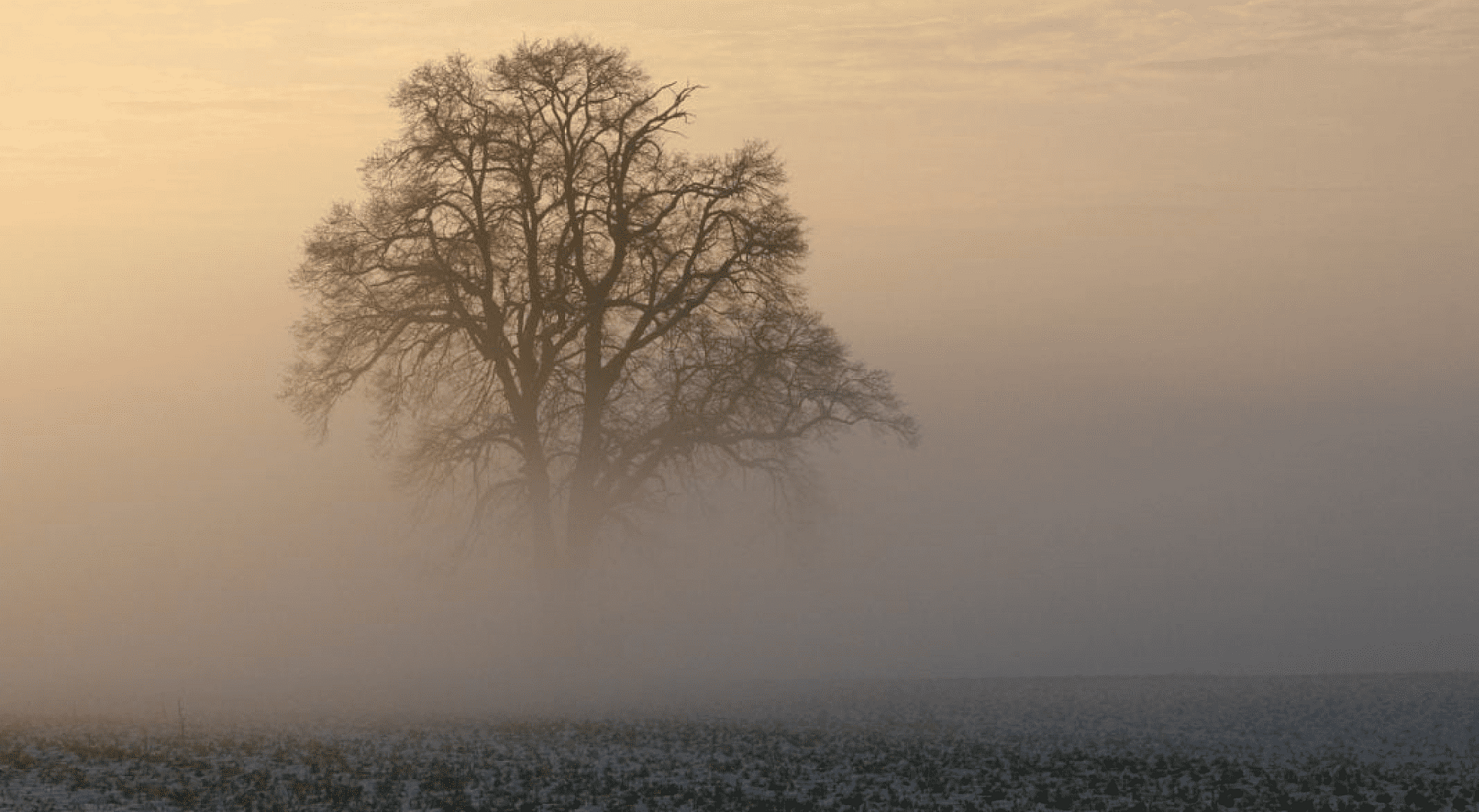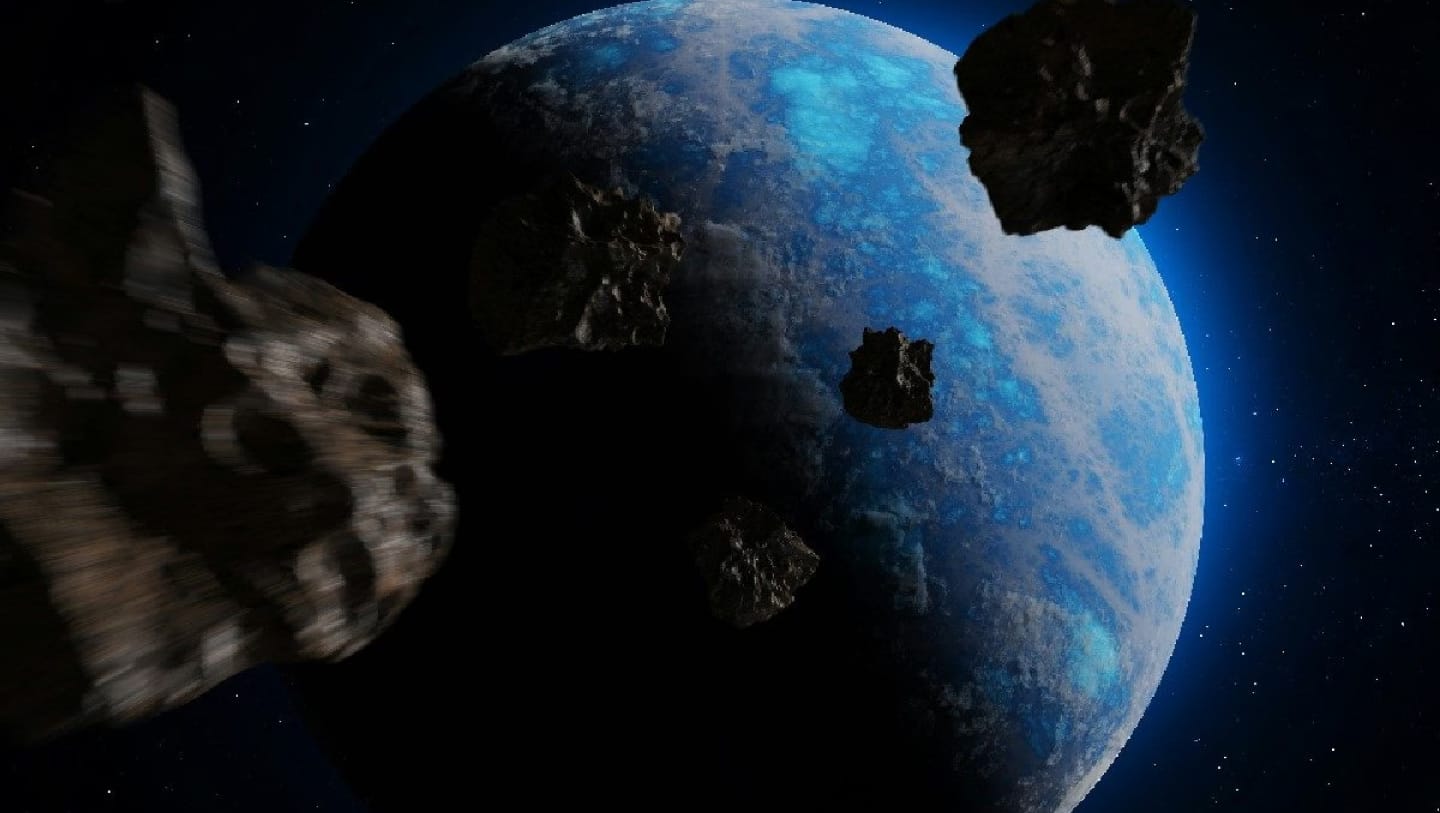Since the summer solstice in June, the days in the Northern Hemisphere have been getting shorter and the nights longer. But that soon turns sour.
The winter solstice, the shortest day of the year and the official first day of winter, is Thursday, December 21st this year (well, for the vast majority of America anyway). How the solstices work—along with the spring and fall equinoxes—has fascinated people for thousands of years.
It’s a day where science mixes with ancient traditions around the world.
Solstices and Earth’s Hemispheres
The winter solstice marks the shortest day of the year and the longest night in the Northern Hemisphere, when the sun appears at its southernmost position, directly overhead at the Tropic of Capricorn.
The opposite situation is in the southern hemisphere, where only about 10% of the world’s population lives.
The December solstice there marks the longest day of the year — and the start of summer — in places like Argentina, Madagascar, New Zealand and South Africa.
When exactly is the winter solstice?
The solstice is usually – but not always – on December 21st. The date when the solstice occurs can move forward or backward by a day because the solar year (the time it takes for the Sun to reappear in the same location as seen from Earth) does not exactly coincide with our calendar year.
If you want to be very precise in your observations, the exact time of the 2023 winter solstice worldwide will be 3:27 a.m. Coordinated Universal Time (UTC) on Thursday, according to Earthsky.org and the Farmers’ Almanac.
Due to time zone differences, Europe, Africa and Asia will technically mark their winter solstice on Friday, December 22. Below are some examples of when 3:27 UTC will be for different local times in the Northern Hemisphere:
• Tokyo, Japan: 12:27 p.m. Friday
• Bangkok, Thailand: Friday 10:27 AM
• Kolkata, India: Friday 8:57 am
• Istanbul, Turkey: Friday 6:27 am
• Helsinki, Finland: Friday 5:27 am
• Milan, Italy: Friday 4:27 am
• Halifax, Nova Scotia: 11:27 p.m. Thursday
• Baltimore, Maryland: 10:27 p.m. Thursday
• Mexico City: 21:27 Thursday
• San Francisco, Calif.: 7:27 p.m. Thursday
• Honolulu, Hawaii: 5:27 p.m. Thursday
Which places feel the effects the most?
Daylight decreases dramatically the closer you are to the North Pole at the winter solstice.
People in balmy Singapore, located just 137 kilometers or 85 miles north of the equator, barely noticed the difference, with just nine minutes less daylight than during the summer solstice. It’s basically a 12-hour day, give or take a few minutes throughout the year.
What causes the winter solstice?
Because the Earth is tilted on its axis of rotation, we change seasons. As the planet moves around the Sun, each hemisphere experiences winter when it is turned away from the Sun and summer when it is tilted towards the Sun.
Scientists aren’t entirely sure how this happened, but they believe that billions of years ago, when the solar system was forming, Earth was subjected to violent collisions that caused it to tilt on its axis.




